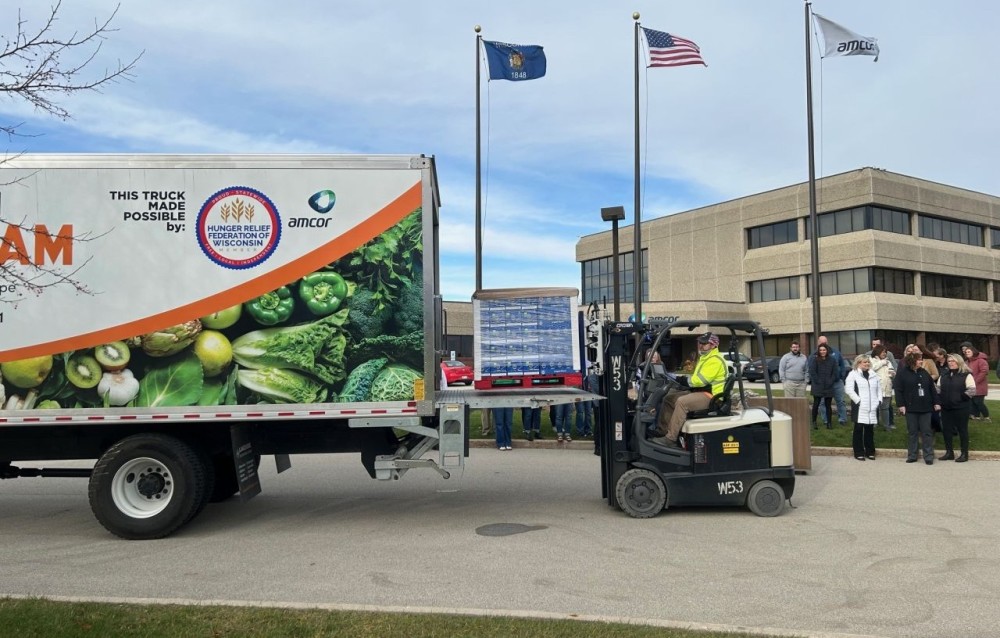Knox residents are helping Council achieve our ambitious targets of increasing the municipality’s tree canopy to 30 per cent and vegetation cover to 50 per cent by 2050.
Gardens for Wildlife (G4W) volunteers James Schwarz and Emily Cox, led by fellow volunteer Irene Kelly, recently made a submission to Council about the importance of tree canopy mapping.
In 2018, Knox had 18% canopy cover and this figure is likely to decrease in 2024. Nearly half of all canopy (47%) is on private land.
“As development in Knox increases, we need to be smarter about how we use our diminishing green spaces,” James says. “Parks, nature strips and our gardens all need to support wildlife if we want to stop the decrease in biodiversity that is occurring. I think the future children of Knox should hear more birdsong and not less than today.
“The best part of being a G4W volunteer is getting to engage with our community directly through garden visits. We share advice on what kinds of plants you can use to support local wildlife – local native plants are the best for this – and there is a great range and advice available at the Knox Environment Society (KES) nursery, which supports G4W.”
Council’s Biodiversity Resilience Strategy supports our tree canopy and vegetation cover targets and aims to address the climate crisis, cool our city, improve amenity, provide habitat corridors and protect local biodiversity.
Emily, who also volunteers with KES, moved to Knox partly because of the natural environment.
“We are lucky to live in a richly biodiverse area,” she says. “There are green pockets all over Knox, not just around Dandenong Ranges ³Ô¹ÏÍøÕ¾ Park. But as these pockets become less connected through reduced tree canopy and lower-storey vegetation cover, biodiversity can be critically impacted. Getting involved in G4W is a great way to connect with the local community. Everyone has the ability to create gardens that support wildlife, even on small suburban blocks.
“For my own property, I am hoping to create a stepping stone between multiple sites of biological significance. Having a garden dense in vegetation with a good tree canopy is a far better carbon sink than lawn. So, it’s another way I feel I can take action on climate change.”
Council recognises that community members, including businesses and environmental volunteers, have a role to play to deliver our ambitious strategy for the benefit of current and future generations.
Emily approached one of her ‘neighbours’, South East Water, with a proposal for them to plant out their adjoining land. Not only did the water company respond, a planting day was organised with staff, Emily and other Knox G4W volunteers.
“If there are a few properties in the same area planting vegetation of all levels, I think that increases the value of everyone’s efforts in terms of biodiversity,” Emily says.
Council awards of up to $1,000 for landowners to conserve and improve indigenous vegetation on their property, in support of the Gardens for Wildlife program.








